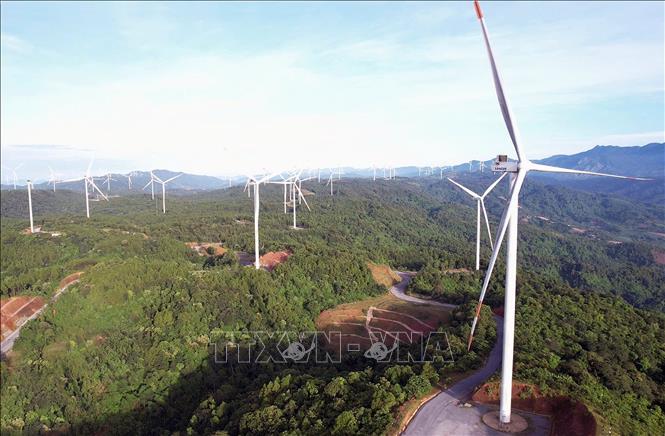
Standing at the foot of the wind turbine in Huong Linh, Mr. Ho Van Ben - a local resident, squinted his eyes and smiled bitterly: "It spins, but sometimes it just spins. The electricity produced cannot always be sold." The simple but knife-like statement reveals a paradox: Quang Tri has abundant sunshine and wind, but infrastructure and mechanisms are still like a "bottleneck" blocking the way.
The bottleneck blocks the green electricity flow
In Huong Hoa, during the windy season, turbines spin day and night. However, there are times when the power grid is overloaded and has to be cut back. Each MW of power cut means billions of dong “evaporating” in a day. Businesses are lost, jobs are lost, and local budget revenues are lost.
According to the Department of Industry and Trade of Quang Tri, many wind and solar power projects have been put into operation but have had to reduce power generation or even stop during peak hours. The reason is that the 220kV and 500kV transmission systems passing through the province are overloaded. Mr. Ho Xuan Hoe, Director of the Department of Industry and Trade, pointed to the towering wind columns: "The current transmission infrastructure can only meet a part of the capacity. Without additional transformer stations and new 500kV lines, the opportunity for breakthroughs will slow down."
According to Mr. Hoe, the southwest of Quang Tri has wind potential of more than 3,000 MW but it has not been included in the Power Plan VIII, making it impossible for many projects to be implemented. Meanwhile, the Power Plan VIII sets a target that by 2030, the total power source capacity in Quang Tri will be nearly 13,000 MW. Without power lines and transformer stations, the “green electricity” will be stuck right on the land that gave birth to it.
Engineer Hoang Quan recalls the 2020-2021 period: “We worked in the pouring rain and the scorching sun. We sweated profusely, covered in red dust from the mountain soil. But everyone stuck together, not wanting to miss a beat.” The wind columns erected every day are proof of extraordinary efforts, but many turbines still have to wait to be connected, like restrained arms.
Not only infrastructure, legal issues are also barriers. A wind power investment company in Khe Sanh worries: “We produce electricity, but the purchase price is not stable. Projects after 2021 fall into a legal void, not knowing how to calculate profits.” When the FIT mechanism expires, a series of unfinished projects, lacking a clear price mechanism, make it difficult for international capital to enter and advanced technology to be deployed.
Land is another bottleneck. According to the revised Land Law, the project must be linked to the 1/2000 detailed planning. Meanwhile, wind turbines are scattered on hills and mountains, making it difficult to arrange them neatly like a chessboard. Many projects have been surveyed but cannot be bid, and progress is sluggish. A typical example is the LIG Huong Hoa 1 Wind Power Plant (over 30 hectares). Although it was approved in 2020 and a decision to reclaim the land was made, nearly 5 years have passed and the project has not yet "broken ground". Mr. Nguyen Nam Du, Director of the Project Management Board, sadly said: "Some households demand too high compensation, while the government's appraisal is slow. Progress is prolonged, causing damage in all directions".
The government intervened to resolve the issue.
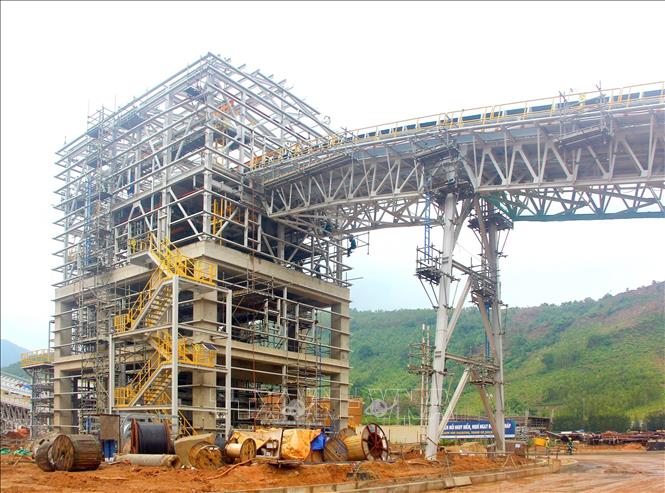
Not letting businesses "swim on their own", Quang Tri has repeatedly worked with ministries and branches, even reporting directly to the Prime Minister , to remove bottlenecks in infrastructure and mechanisms. The province proposed to assign EVNGENCO1 as the investor of Quang Tri Thermal Power Plant (1,320 MW), and at the same time proposed EVN to deploy Quang Trach III LNG Plant (1,500 MW), in order to take advantage of the infrastructure of Quang Trach I and II Thermal Power Plants, thereby strengthening EVN's role in national energy security.
Quang Tri also requested EVN to accelerate key projects: Quang Tri 2 500kV switching station, Lao Bao - Quang Tri 2 500kV transmission line, Lao Bao 500kV transformer station and 220kV system. These are projects that must be operational before 2027 according to Power Plan VIII. Along with that, Quang Tri proposed to upgrade the Dong Ha - Dong Hoi - Ba Don - Vung Ang 220kV line to relieve the congested solar power capacity.
Director of the Department of Industry and Trade Ho Xuan Hoe said the province has proposed a special mechanism to support energy projects, including investing in additional transformer stations and new 500kV lines. “If not resolved soon, these bottlenecks will slow down the province’s breakthrough opportunities in the energy sector,” Mr. Hoe emphasized.
Vice Chairman of the Provincial People's Committee Le Duc Tien informed: Three wind power projects including Huong Linh (30 MW), Huong Linh 7 remaining (16.8 MW) and Huong Hiep 1 (25.5 MW) have been connected to the grid with the transitional electricity price. However, this price is only half of the previous price, causing difficulties for businesses. Mr. Tien affirmed that "bottlenecks" cannot be allowed to slow down development, the province is closely coordinating with the Central Government to propose a special mechanism for clean energy.
According to energy experts, if the potential of sunlight and wind is considered a resource, infrastructure is the key. Quang Tri can only become a clean energy center when the power grid, seaport, transportation, and logistics are invested synchronously. The solution is only effective when three parties work together: the Central Government soon issues a stable electricity price framework; EVN promotes investment in transmission; and localities remove obstacles in land and procedures.
Quang Tri identifies energy as one of the four pillars of economic development, with many preferential mechanisms on land, taxes and administrative procedures to create maximum convenience for investors. Director of the Department of Industry and Trade Ho Xuan Hoe affirmed that the industry and trade sector will always accompany businesses, promptly remove difficulties and obstacles in the process of project implementation. He emphasized that developing clean energy is not only an economic growth goal, but also a responsibility for a green, sustainable future of the country.
Aspirations from border villages
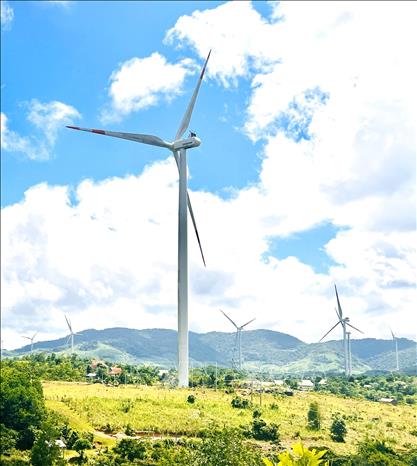
In Huong Hoa, people clearly feel the change. Villages covered in mist all year round are now brightly lit by the wind and sunshine of their homeland. Mrs. Ho Thi Mon - a Pa Ko woman in Khe Sanh looked up at the wind column: "Before, this place was all wild forest, working in the fields was very hard. Now my children and grandchildren can work as workers and receive monthly salaries. I am very happy. I just hope that the electricity produced will not go to waste, so that people can enjoy more."
The rotation of wind turbines and the light from solar panels not only provide electricity, but also inspire faith in the future. People have new jobs, children have the opportunity to study, and young people can work in their hometown instead of going abroad to make a living. Mr. Bui Viet An, Chief Operator of Huong Linh Wind Power Plant, smiled gently: "I am very lucky to work in my hometown. I have a high and stable income, take care of my family, and learn new technology."
Currently, 95-100% of the workers in clean energy projects in Quang Tri are local people. Stable jobs and good salaries help young people stay on the land, making the villages more vibrant and changing. Children's laughter echoes under the wind turbines, the sound of gongs and drums harmonizes with the whistling wind of the turbines. Huong Phung, Khe Sanh, and Lao Bao villages are brightly lit with electricity; concrete roads are opened, making it easier for vehicles to transport agricultural products to the market.
Wind power projects in Huong Hoa, Quang Ninh, solar power projects in Gio Linh, Le Thuy, gas-fired power projects in Hai Lang, Quang Trach... are like pieces of a big picture. When infrastructure, capital and policies are removed, the picture will be clear: Quang Tri will become a clean energy pillar in the Central region, contributing to the implementation of the Power Plan VIII and the goal of net zero emissions by 2050.
Having gone through bombs and bullets to survive, having gone through Lao winds to sow rice and grow corn and potatoes, Quang Tri people today believe in the power of clean energy. In that aspiration, there is no room for stopping. The sun, wind and resilient people are continuing the story of breakthrough, turning harsh nature into a driving force for sustainable development.
Last post: Aspiration 2030
Source: https://baotintuc.vn/kinh-te/trung-tam-nang-luong-sach-mien-trung-bai-2-thao-go-nut-that-20251003143352432.htm








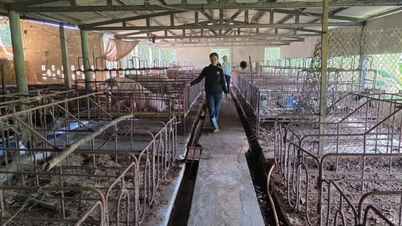

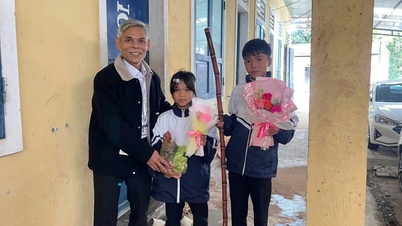

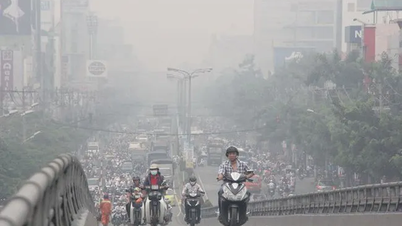



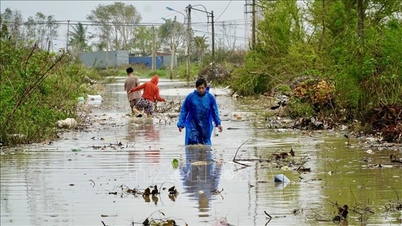
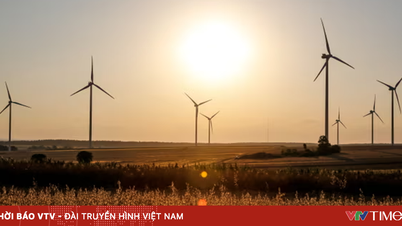

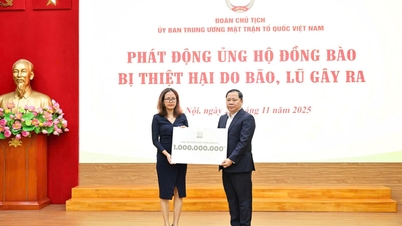
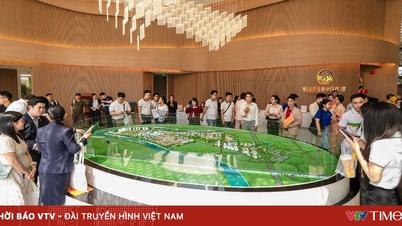

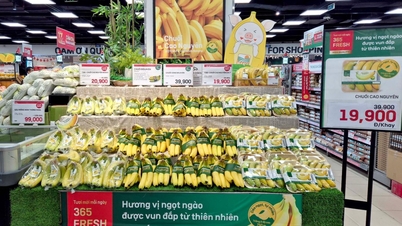
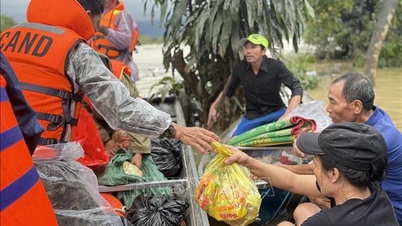
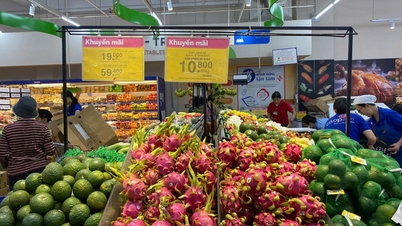

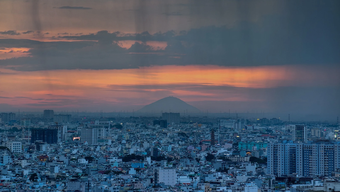


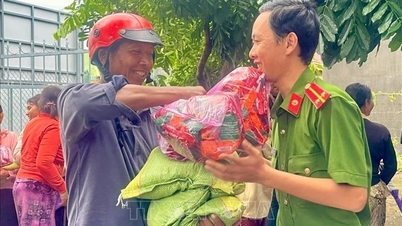
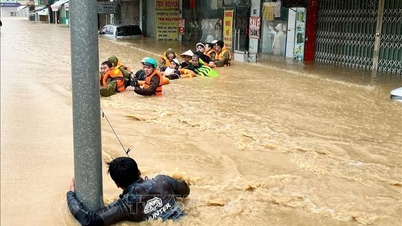
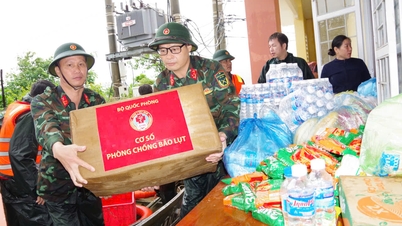
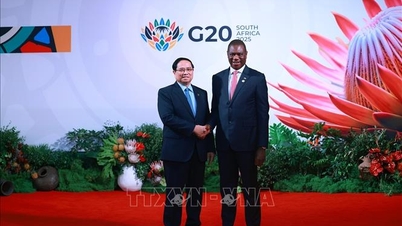
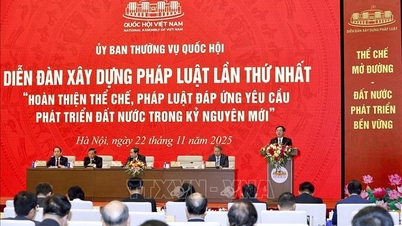
![[Photo] General Secretary To Lam receives President of the Senate of the Czech Republic Milos Vystrcil](/_next/image?url=https%3A%2F%2Fvphoto.vietnam.vn%2Fthumb%2F1200x675%2Fvietnam%2Fresource%2FIMAGE%2F2025%2F11%2F21%2F1763723946294_ndo_br_1-8401-jpg.webp&w=3840&q=75)
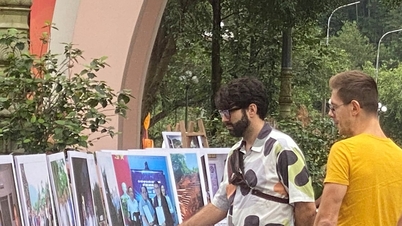



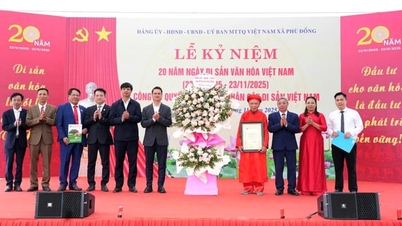

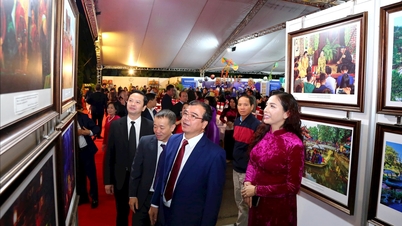


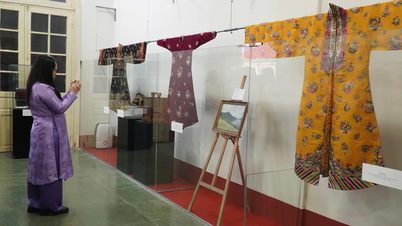
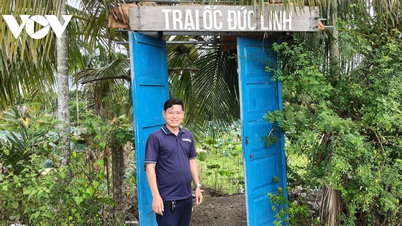

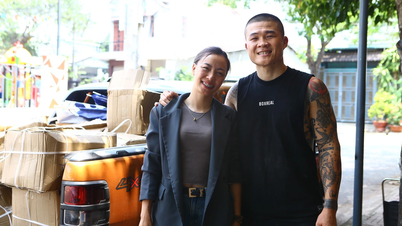

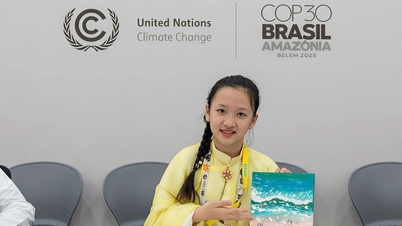




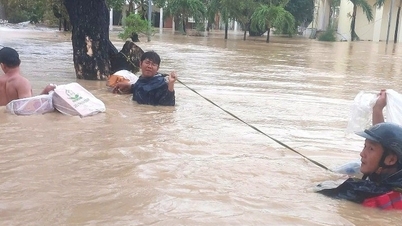

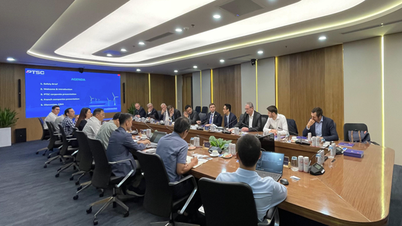

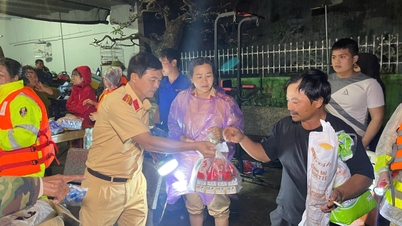


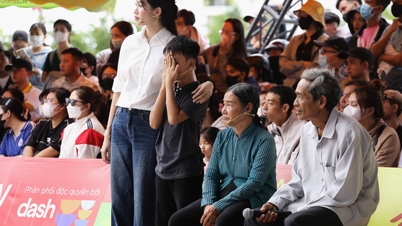
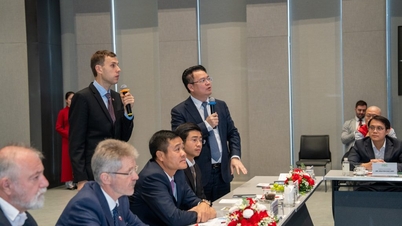
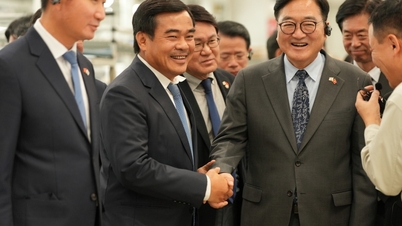
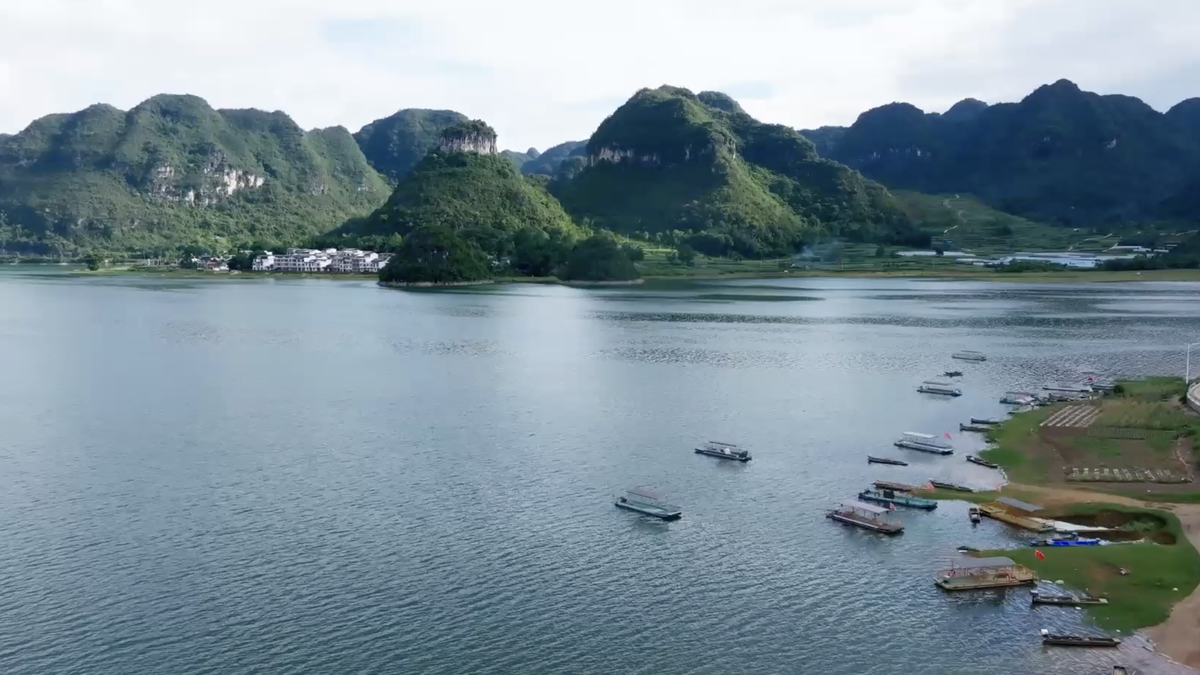


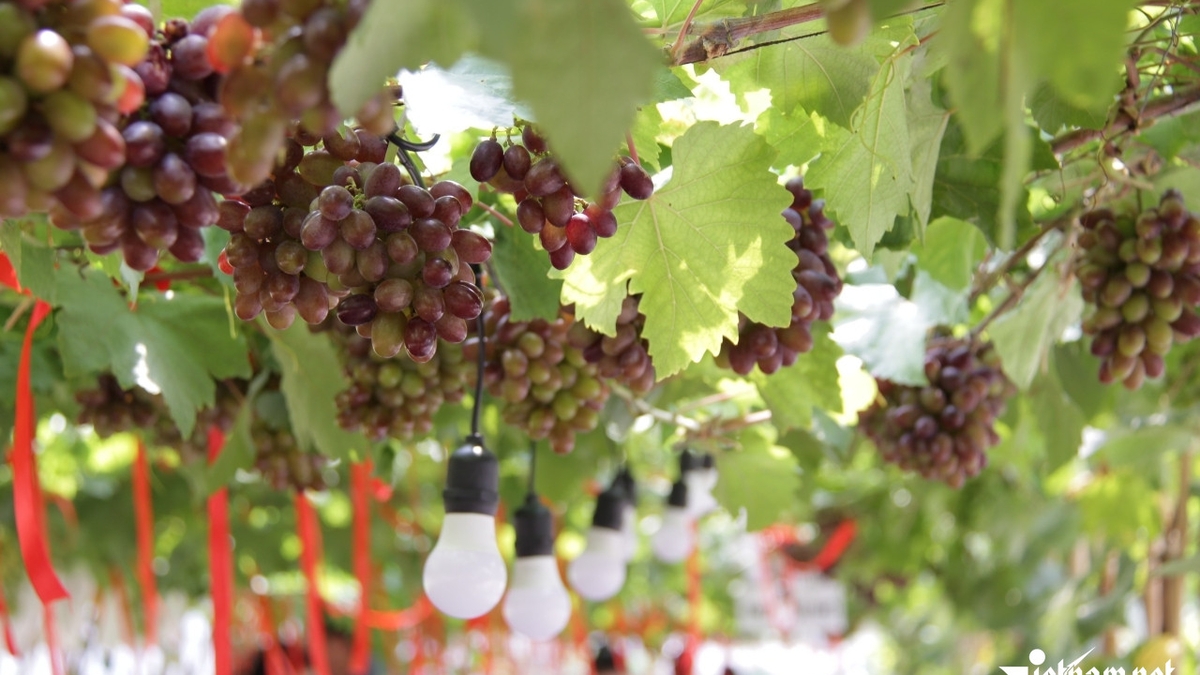
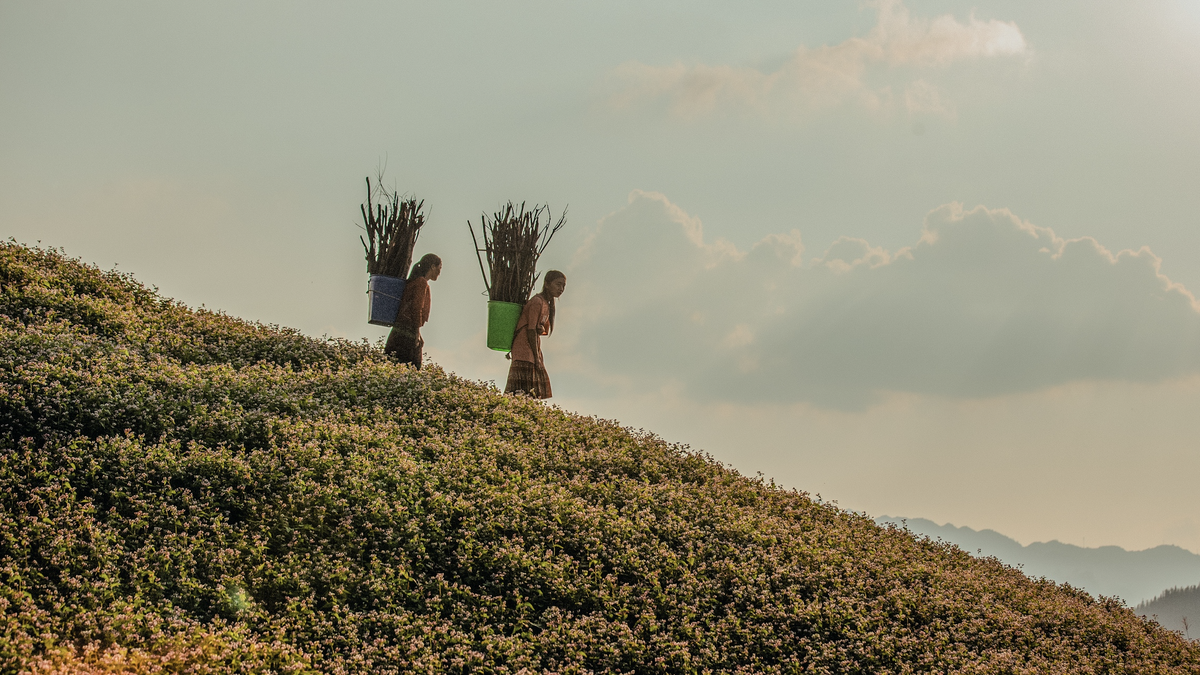

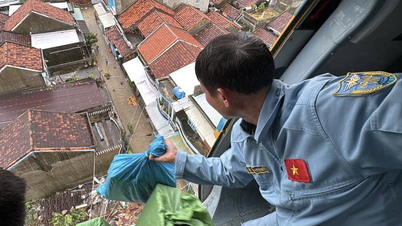
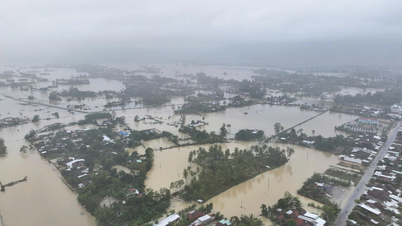

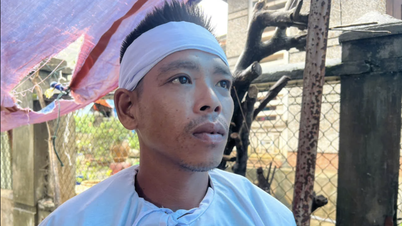
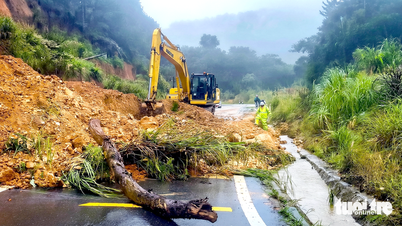



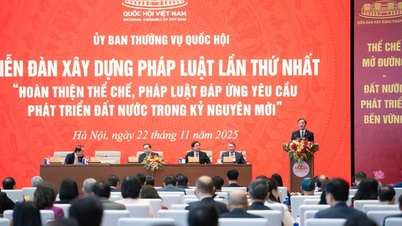


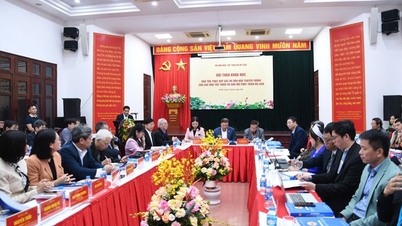

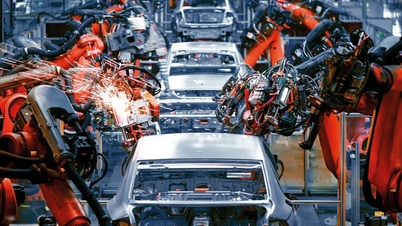

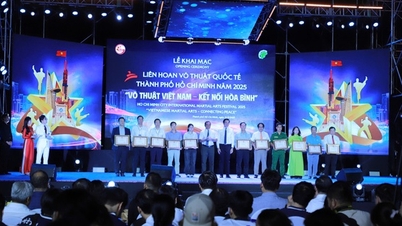
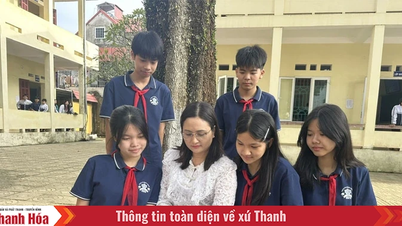



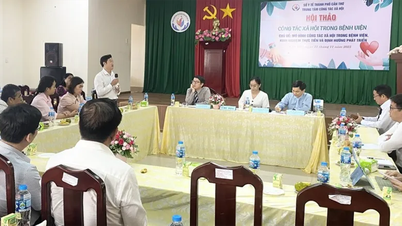

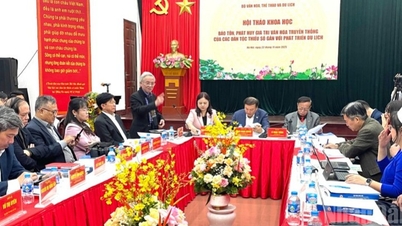

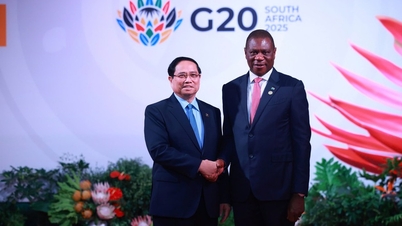

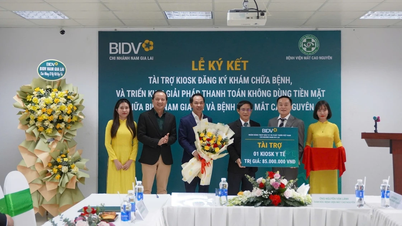

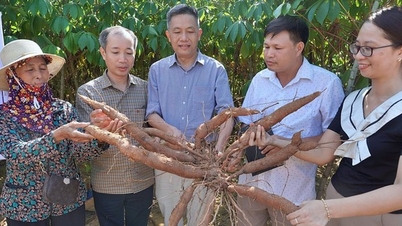


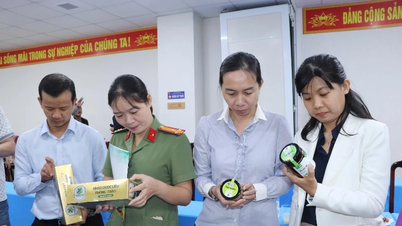

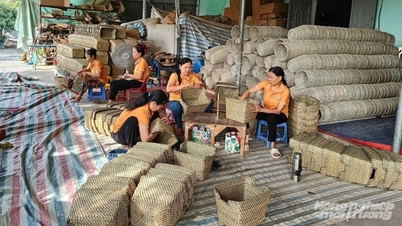
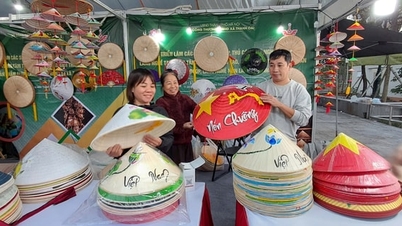
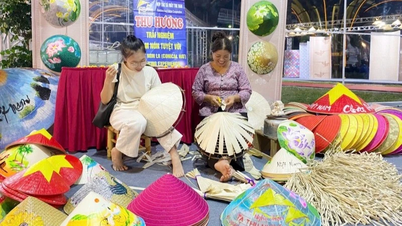





Comment (0)